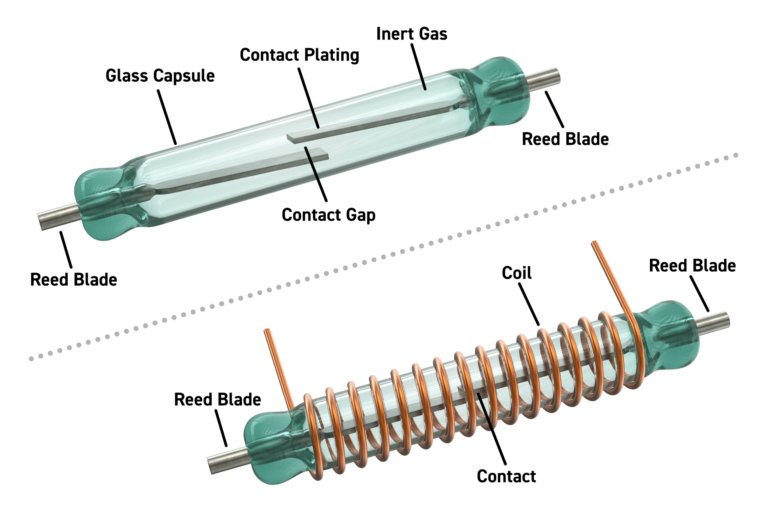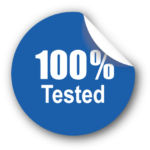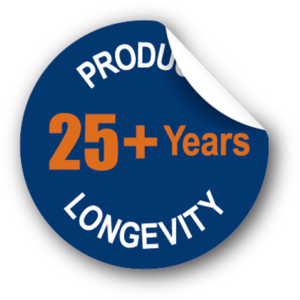The Importance of 100% Inspection in Reed Relay Manufacturing
In any manufacturing process, thorough inspection is crucial not only to ensure the production of functioning products but also to maintain efficient and cost-effective production. Although robust and detailed inspection can be costly, its benefits for both the end user and the manufacturer are significant and should not be overlooked.

The Risks of Compromised Inspection
In efforts to reduce costs, some manufacturers might be tempted to cut corners on inspection. This approach can lead to several issues:
- Relying on Supplier Inspections: Some manufacturers may rely solely on the inspection processes of their suppliers. While this can save money, it is a risky strategy. Suppliers focused on cost-cutting may themselves implement minimal inspection, resulting in lower quality piece parts.
- Assuming Final Testing Suffices: Another flawed assumption is that final product testing will catch all defects. If a manufacturer reduces the rigor of final testing to save costs, defects and performance issues might only be discovered by the end user, or worse, after the product has reached the customer.
This approach can result in increased costs due to returns, repairs, and damage to the manufacturer’s reputation.
Comprehensive Inspection for Superior Quality
For reed relay manufacturing, inspecting both incoming piece parts and during various stages of production is vital. Here’s why:
- Improved Yields: Regular inspections help identify and rectify issues early in the production process, leading to higher yields and less waste.
- Higher Quality Products: Consistent inspection ensures that each relay meets the required specifications, resulting in better performance and reliability.
Advanced Inspection Techniques
Beyond standard inspection, the ability to perform more detailed and advanced inspections can provide a significant advantage. Techniques such as X-ray imaging and high magnification microscopy allow for a thorough examination of components, even after encapsulation. These methods help detect internal defects that might not be visible through conventional inspection techniques.
The Long-Term Benefits of Investment in Inspection
While investing in advanced inspection equipment and processes may seem like an unnecessary expense, particularly for cost-conscious manufacturers, the long-term benefits are clear:
- Reduced Failures and Returns: Comprehensive inspection processes reduce the likelihood of defective products reaching the customer, thus minimizing returns and warranty claims.
- Enhanced Reputation: Consistently delivering high-quality products enhances the manufacturer’s reputation, leading to increased customer trust and loyalty.
- Cost Efficiency: Although the initial investment is higher, the reduction in waste, rework, and customer dissatisfaction can lead to significant cost savings over time.
Conclusion
At Pickering, we believe that 100% inspection is not just an expense but an investment in quality and reliability. By inspecting all piece parts and production stages, and employing advanced inspection techniques where necessary, we ensure that our reed relays meet the highest standards. This commitment to thorough inspection not only benefits us as a manufacturer by improving yields and reducing costs but also guarantees that our customers receive the reliable, high-quality products they expect.






